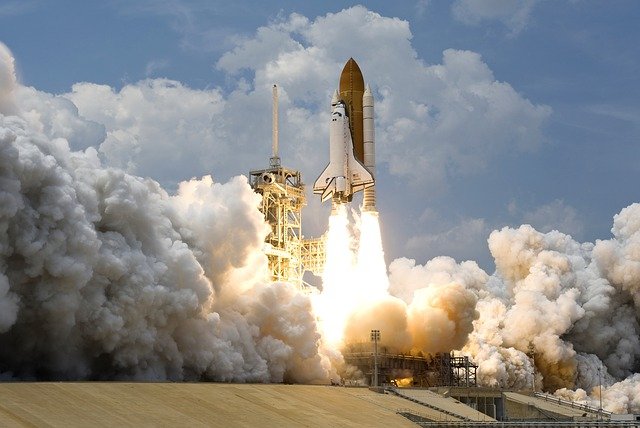NASA flight engineers recently pulled out 20 radishes grown in advanced plant culture environments on the International Space Station and wrapped them in tin foil for refrigeration until next year.
Researchers say this result sows hope for food production for longer trips to the moon and Mars.
According to a manual released by NASA, radishes are the first time that radishes have been successfully planted and harvested in a zero-gravity environment.
Previously, the previously successful harvested agricultural products include red long-leaf lettuce, green lettuce, Chinese cabbage, lentils and mustard.
It is reported that astronauts have planted 15 kinds of plants on the International Space Station, including 8 kinds of green leafy plants. NASA has also tested more than 100 crops on Earth to determine the next candidate crops to be tested in space.
In addition, astronauts will repeat radishe experiments in space, and plant and harvest a round of radishes to provide more available data.
“I’ve been involved with this project from the very beginning, and what we’ve learned will help astronauts safely travel to and from Mars,” said Nicole Dufour, Senior Program Manager for Plant Culture Environment at NASA’s Kennedy Space Center.
Researchers also planted radishes at Kennedy’s Space Center as a control group, which is expected to be harvested on December 15.
They will compare the radish grown in space with the earth to determine the extent to which space agricultural products can provide astronauts with the minerals and nutrients they need for longer-term space missions.
For astronauts on long-term missions, radishes have many advantages as a source of food: radishes grow quickly and can fully mature in 27 days.
In addition, this rhizome vegetable does not need much care during growth.
The researchers will analyze the effects of CO2 on radishes and how these vegetables are getting minerals, said Karl Hasenstein, the project’s lead researcher.
“Cropting a range of crops helps us determine which plants can thrive in microgravity environments and provide the best varieties and balanced nutrition for astronauts on long-term space missions,” Dufour said.



